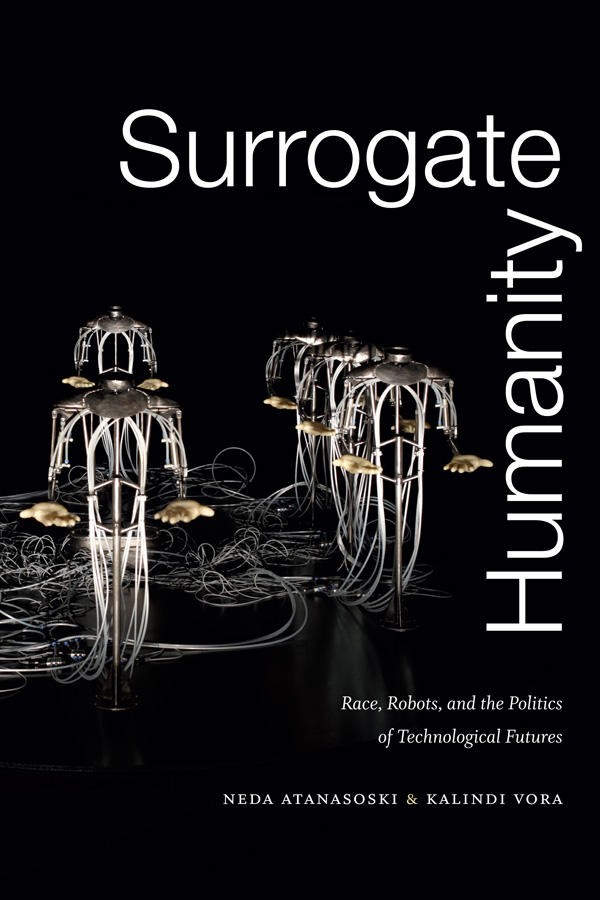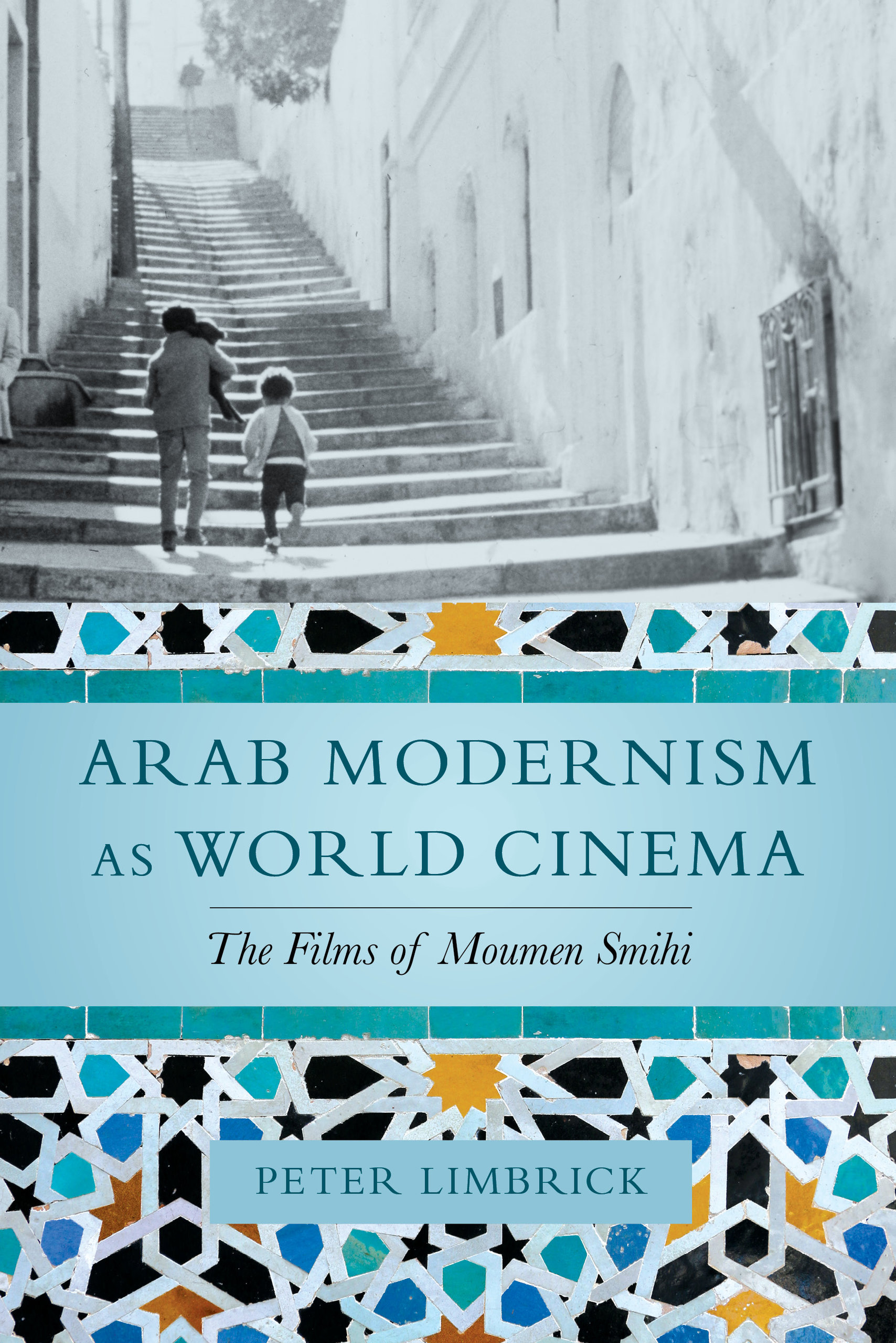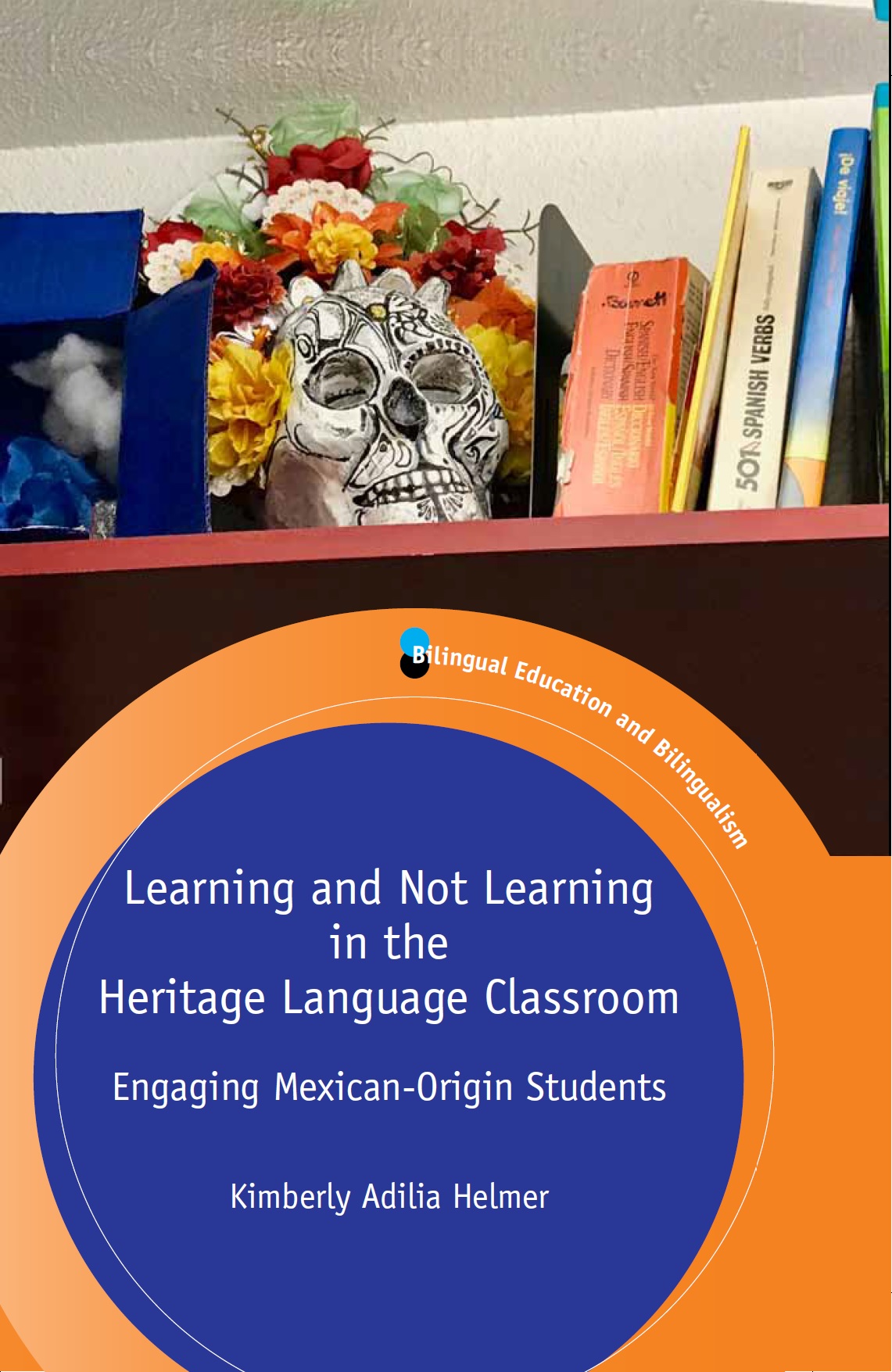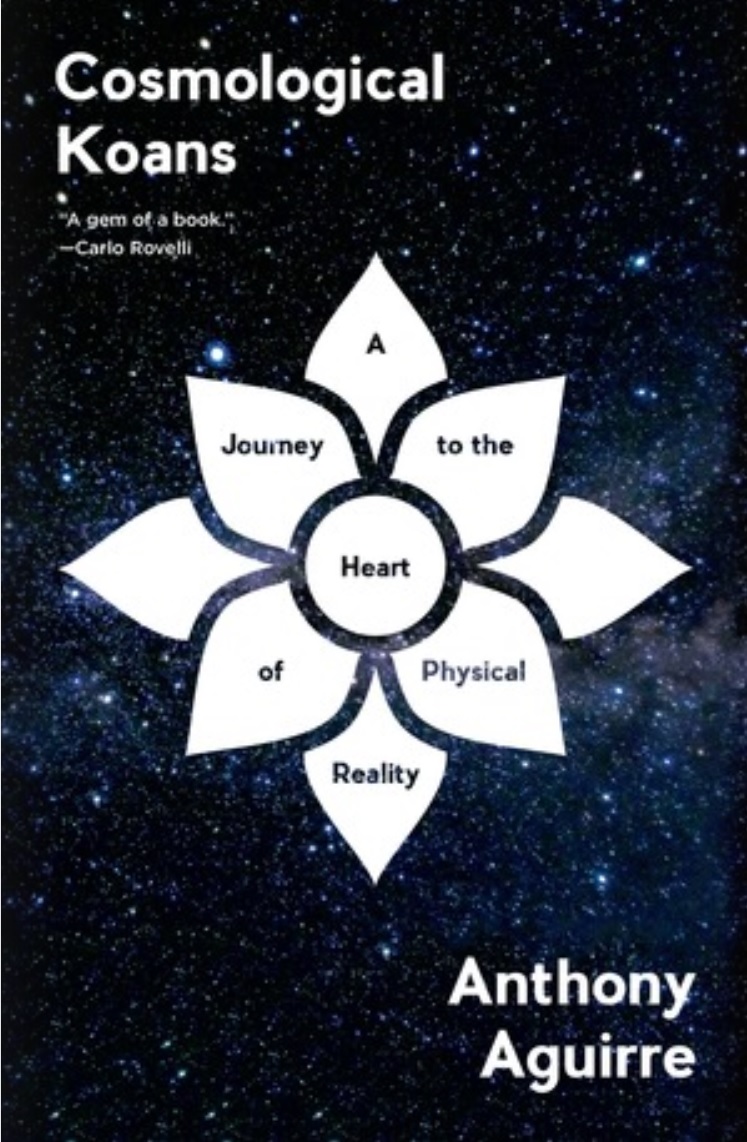PEN & INQ
By Emma Hiolski
Politics Built In

“These days, talk of revolutionary change doesn’t usually refer to politics,” said professor of feminist studies and critical race and ethnic studies Neda Atanasoski. Instead, it refers to technological advances. But new technologies often embody old ideas about which jobs can be automated, Atanasoski said. Such work is devalued as boring, dirty, and repetitive—and has historically been performed by women, colonized peoples, or immigrants.
In Surrogate Humanity: Race, Robots, and the Politics of Technological Futures, Atanasoski and co-author Kalindi Vora, UC Davis professor of gender, sexuality, and women’s studies, explore the myriad ways technology builds upon racialized and gendered ideas. Darwinian notions of race and evolution, for example, often are engineered into the artificial intelligence of social robots.
Technology cannot remedy social inequality by itself and cannot be separated from politics, said Atanasoski. “Technology is political—how it's engineered, how it's used, and how we think, or don't think, about using it.”
Strawberry Woes

While studying the regulatory battle over soil fumigants used in the California strawberry industry, professor of social sciences Julie Guthman was struck by how deeply the use of these toxic chemicals had permeated production. “The whole system was built around the presumption of fumigation,” she said.
Interviews with dozens of growers led Guthman to insights about how fumigation—which protects plants against soil-borne fungal disease—has changed from solution to problem. In her book Wilted: Pathogens, Chemicals, and the Fragile Future of the Strawberry Industry, winner of the 2019 AAG Meridian Book Award for Outstanding Scholarly Work in Geography, Guthman explores how fumigant use created a web of reliance across numerous aspects of strawberry production.
Without fumigation, for example, growers would need to rotate crops to avoid disease, planting strawberries only once every three or four years. But no other crop could make that practice economically viable. “Land was once abundant, but now it’s scarce, expensive, and diseased,” said Guthman. “It’s a complex story and there are no easy answers.”
Arab Cinema

American audiences are largely unfamiliar with the films of Moumen Smihi and with Arab cinema in general. Peter Limbrick, professor of film and digital media, hopes to change that. In Arab Modernism as World Cinema: The Films of Moumen Smihi, Limbrick showcases the Moroccan filmmaker’s work, using it as a lens to refocus our understanding of Arab and global cinema.
“In the West, we have a pretty restricted view of film history in the Middle East and North Africa,” Limbrick said. It’s easy to assume most films from those regions center only on questions of politics, gender, or relationships with the West. But they also demonstrate beautiful experimentation with form, music, images, and poetry.
Such films, including Smihi’s, reflect the rich history of both Arab and global cinema. “These films are multicultural, multilingual, multiethnic,” said Limbrick. “I want people to recognize the diversity and possibility of Arab cinema.”
Heritage Education

When granted a rare opportunity to observe teaching practices at a brand-new, charter high school in Tucson, Kimberly Adilia Helmer wasn’t sure what her research would focus on. But Helmer, a teaching professor in the Writing Program who studies educational and linguistic anthropology, soon recognized that the school’s compulsory Spanish class was going poorly.
The students, heritage speakers of Mexican origin, responded negatively to the teaching and exercises, all designed for non-native speakers. At the same time, they thrived in their English-based humanities course, which used more authentic learning materials.
Helmer compares and contrasts these approaches in Learning and Not Learning in the Heritage Language Classroom: Engaging Mexican-Origin Students. A heritage Spanish speaker herself, Helmer highlights the likely benefits of designing teaching methods and practices specifically for heritage speakers and learners: “It's good for the brain, good for society, good for social justice and peace, and good for the economy.”
Cosmic Questions

“If you want to understand the established current view of fundamental physics, this is not the book for you. If you want to go on a bit of an adventure into the unknown, then it might be,” said professor of physics Anthony Aguirre. In Cosmological Koans: A Journey to the Heart of Physical Reality, Aguirre adopts the Zen tradition of koan practice to explore paradoxes of physics and the cosmos.
In a series of more than 50 vignettes, Aguirre leads readers on a journey set in the early 17th century, starting in Italy and ending in Japan. Each vignette’s blend of koan and physics commentary both informs readers and exposes them to deeper and more interesting questions.
Aguirre’s goal is to share the experience of grappling with a variety of meaty, thorny cosmological mysteries. “This is not a book of answers,” he said, “but a book of questions.”

